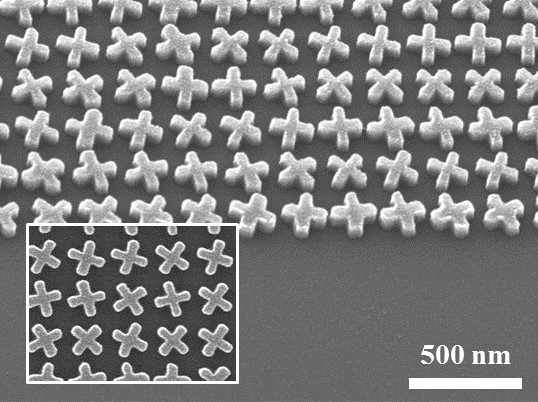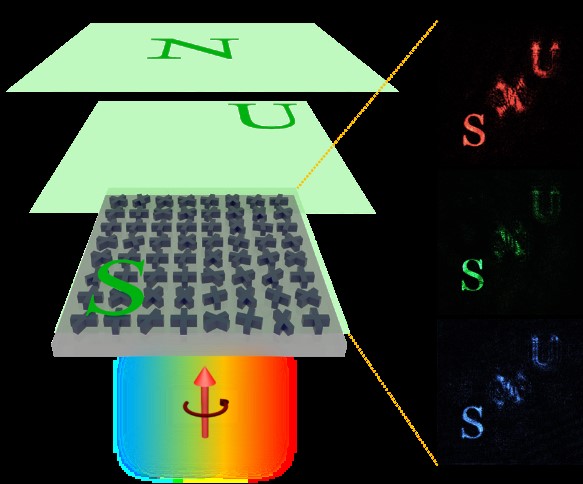- About
- Academics
-
Undergraduate Programs
- Civil and Environmental Engineering
- Architecture and Architectural Engineering
- Mechanical Engineering
- Industrial Engineering
- Energy Resources Engineering
- Nuclear Engineering
- Materials Science and Engineering
- Electrical and Computer Engineering
- Naval Architecture and Ocean Engineering
- Computer Science and Engineering
- Aerospace Engineering
- Chemical and Biological Engineering
-
Graduate Programs
- Civil and Environmental Engineering
- Architecture and Architectural Engineering
- Mechanical Engineering
- Industrial Engineering
- Energy Systems Engineering
- Materials Science and Engineering
- Electrical and Computer Engineering
- Naval Architecture and Ocean Engineering
- Computer Science and Engineering
- Chemical and Biological Engineering
- Aerospace Engineering
- Interdisciplinary Program in Technology, Management, Economics and Policy
- Interdisciplinary Program in Urban Design
- Interdisciplinary Program in Bioengineering
- Interdisciplinary Program in Artificial Intelligence
- Interdisciplinary Program in Intelligent Space and Aerospace Systems
- Chemical Convergence for Energy and Environment Major
- Multiscale Mechanics Design Major
- Hybrid Materials Major
- Double Major Program
- Open Programs
-
Undergraduate Programs
- Research
- Campus Life
- Communication
- Prospective Students
- International Office
Research Team Led by SNU Professor Lee Byoungho Develops High-Resolution, Wide-Viewing-Angle Holographic Metasurface
-
Uploaded by
관리자
-
Upload Date
2018.04.03
-
Views
570
Research Team Led by SNU Professor Lee Byoungho Develops High-Resolution, Wide-Viewing-Angle Holographic Metasurface
- Overcomes Limitations of Light Control and Viewing Angle of Conventional Holographic Elements

▲ SNU Professor Lee Byoungho, POSTECH Professor Rho Junsuk, Kyungpook University Professor Lee Seung Yeol, Korea University Professor Kim Hwi (From Left to Right)
▲ SNU Professor Lee Byoungho, POSTECH Professor Rho Junsuk, Kyungpook University Professor Lee Seung Yeol, Korea University Professor Kim Hwi (From Left to Right)
SNU College of Engineering (Dean Cha Kook-Heon) reports that a joint research team consisting of Professor Lee Byoungho (SNU Department of Electrical and Computer Engineering), Professor Rho Junsuk (POSTECH Department of Mechanical Engineering and Department of Chemical Engineering), Professor Lee Seung Yeol (Kyungpook University Department of Electrical Engineering), and Professor Kim Hwi (KU Department of Electronic and Information Engineering) have developed a new optical technique that overcomes limitations of conventional holographic devices to produce a complete holographic image.
Holography, which commonly appears on Sci-Fi films, is an optical technique that reconstructs wavefront of electromagnetic waves to display three-dimensional images. It is definitely a futuristic technology that appeals to many. In order to generate an ideal hologram, subwavelength control of both light amplitude and phase is crucial. However, traditional holographic devices cannot manipulate these two factors simultaneously. Therefore, with the current technology, only an incomplete holographic image can be formed with one variable modulation. Limitations like severe image defect and immense time consumption to calculate holographic information have long been a hindrance to the advancement of holographic technology.
In order to resolve these issues, Professor Lee’s joint research team has created a new broadband holographic metasurface, a planar optical element composed of hundreds of nanometer-sized meta-atoms smaller than light waves. With its X-shaped silicon nanostructure, the simultaneous, continuous, and broadband control of amplitude and phase of individual pixels on metasurface is possible.
In addition, while conventional metasurfaces that use liquid-crystal or micromirror devices have micrometer-sized pixels, this newly developed metasurface have few hundred nanometer-sized pixels; thus, it achieves a approximately hundred times higher resolution. A much wider viewing angle, that is the maximum angle at which a display can be viewed with acceptable visual performance, of 100° is also possible. This is a huge jump-up compared to conventional metasurfaces that allow only a 10° viewing angle.
The team’s new development has a perfect control of light that provides a clean and well-defined holographic image with a resolution of unit less than the visible light. Also, it can restore information stored in light. Thus, applications of the team’s metasurface may stretch from holography to holographic data storage.
Professor Lee explains, “This research is the stepping stone to resolving the crux of problems in holographic element development. Real-time modulation is the next step to commercializing this technology.”
Meanwhile, this research has recently been published online on the Royal Society of Chemistry’s international scientific journal “Nanoscale” and has also been introduced at a webinar hosted by the Optical Society (OSA).
[Reference]
Research Paper Available at: pubs.rsc.org/en/content/articlelanding/2017/nr/c7nr07154j
Link to OSA Webinar: https://cc.callinfo.com/cc/s/meetingArchive?eventId=14sltkk8eb540
Holography, which commonly appears on Sci-Fi films, is an optical technique that reconstructs wavefront of electromagnetic waves to display three-dimensional images. It is definitely a futuristic technology that appeals to many. In order to generate an ideal hologram, subwavelength control of both light amplitude and phase is crucial. However, traditional holographic devices cannot manipulate these two factors simultaneously. Therefore, with the current technology, only an incomplete holographic image can be formed with one variable modulation. Limitations like severe image defect and immense time consumption to calculate holographic information have long been a hindrance to the advancement of holographic technology.
In order to resolve these issues, Professor Lee’s joint research team has created a new broadband holographic metasurface, a planar optical element composed of hundreds of nanometer-sized meta-atoms smaller than light waves. With its X-shaped silicon nanostructure, the simultaneous, continuous, and broadband control of amplitude and phase of individual pixels on metasurface is possible.
In addition, while conventional metasurfaces that use liquid-crystal or micromirror devices have micrometer-sized pixels, this newly developed metasurface have few hundred nanometer-sized pixels; thus, it achieves a approximately hundred times higher resolution. A much wider viewing angle, that is the maximum angle at which a display can be viewed with acceptable visual performance, of 100° is also possible. This is a huge jump-up compared to conventional metasurfaces that allow only a 10° viewing angle.
The team’s new development has a perfect control of light that provides a clean and well-defined holographic image with a resolution of unit less than the visible light. Also, it can restore information stored in light. Thus, applications of the team’s metasurface may stretch from holography to holographic data storage.
Professor Lee explains, “This research is the stepping stone to resolving the crux of problems in holographic element development. Real-time modulation is the next step to commercializing this technology.”
Meanwhile, this research has recently been published online on the Royal Society of Chemistry’s international scientific journal “Nanoscale” and has also been introduced at a webinar hosted by the Optical Society (OSA).
[Reference]
Research Paper Available at: pubs.rsc.org/en/content/articlelanding/2017/nr/c7nr07154j
Link to OSA Webinar: https://cc.callinfo.com/cc/s/meetingArchive?eventId=14sltkk8eb540


▲ Metasurface that Produces Perfect Holography through Broadband Control of Amplitude and Phase (Photo Provided by SNU)
(Left) Electron Microscope Image of the Team’s New Metasurface
(Right) Diagram of Holography and Experimental Holographic Image